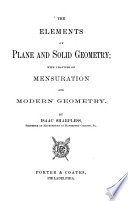 | Isaac Sharpless - Geometry - 1879 - 282 pages
...AD*) = BC* + (BD* + AD*)-1BC. BD. But (I. 42) CD* + AD* = AC', and BD* + AD* = AB* ; Corollary. — If the square described on one side of a triangle be equal to the sum of the squares of the other two sides, the angle contained by these sides is a right angle. For if it were obtuse,... | |
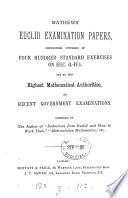 | Edward Harri Mathews - 1879 - 94 pages
...are together greater than the third. What is the reason for the limitation in the data? Section II. 1. If the square described on one side of a triangle be equal to the squares described on the other two sides, the angle contained by these two sides is a right angle.... | |
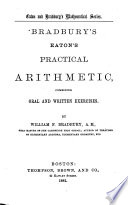 | William Frothingham Bradbury - 1882 - 416 pages
...the base and perpendicular. 479. The square described on the hypothenuse of a rightangled triangle is equal to the sum of the squares described on the other two sides. Hence, the square of either of the two sides which form the right angle is equal to the square of the... | |
 | Henry Albert Reed - Mechanical drawing - 1888 - 298 pages
...the familiar principles that the square described on the hypothenuse of a right-angled triangle is equal to the sum of the squares described on the other two sides; and that if a perpendicular be let fall from the vertex of the right angle to the hypothenuse, the... | |
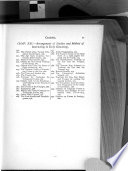 | Adonijah Strong Welch - Educational psychology - 1889 - 348 pages
...and 8 inches long, the hypothenuse 10 inches; show that the square described on the hypothenuse is equal to the sum of the squares described on the other two sides, by dividing each of the three squares into small squares whose area is one inch each; then counting... | |
 | James William Nicholson - Arithmetic - 1889 - 408 pages
...to find the third side. THEOREM. — The square described on the hypothenuse of a right triangle is equal to the sum of the squares described on the other two sides. Hence, the square of cither side about the right angle is equal to the square of the hypothenuse diminished... | |
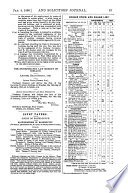 | Law - 1890 - 958 pages
...line, and on the same side of tbe line, are between the same parallels. 2. Prove that if the square on one side of a triangle be equal to the sum of the squares on tbe remaining sidep, tbe angle opposite to that side is a right angle. 3. Find a line whose square... | |
 | Edward Albert Bowser - Geometry - 1890 - 418 pages
...Proposition 7. Theorem. 374. The square described OH the hypotenuse of aright triangle is equivalent to the sum of the squares described on the other two sides. Hyp. Let ABC be a rt. A, rt. augled at A, and BE, AK, AF squares on BC, AC, AB. To prove sq. on BC=sq.... | |
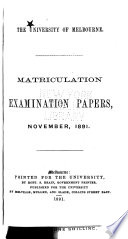 | 1891 - 718 pages
...there are drawn parallels to the sides, they cut off a pair of equal parallelograms. 3. If the square on one side of a triangle be equal to the sum of the squares on the other sides the angle contained by the latter is a right angle. 4. If a straight line is divided... | |
 | James Andrew Blaikie, William Thomson - Geometry - 1891 - 160 pages
...square on the hypotenuse is equal to the sum of the squares on the other two sides. 48. If the square on one side of a triangle be equal to the sum of the squares on the other two sides, the angle contained by these two sides shall be a right angle. Enunciations... | |
| |